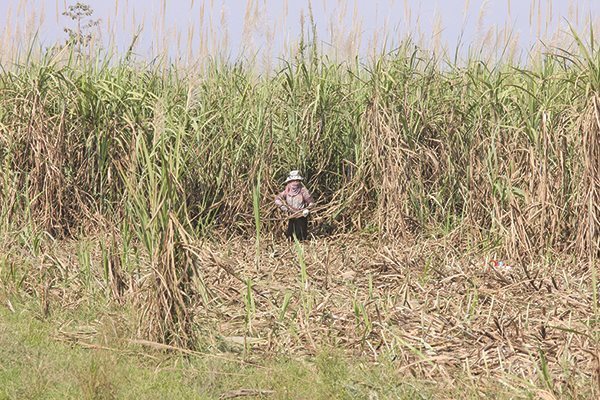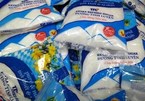It is highly possible that 2020 would be the third consecutive gloomy year for the world’s sugar market.

Nguyen Dinh Bich, a respected trade expert, in his article on Thoi Bao Kinh Te Sai Gon, cited a World Bank’s (WB) report as showing that the sugar price in 2018 dropped to a low of $276 per ton, or by 31.5 percent from the average level of $402 nine years before (2009-2017) . It is estimated that the average price in 2019 is $280 and will move up slightly to $288 per ton in 2020.
According to USDA (US Department of Agriculture), the world’s sugar output in 2009 decreased sharply by 19 million tons, or 11.9 percent compared with 2008. This caused the world’s inventory level fall by 13 million tons, or 30.7 percent.
| The weaknesses of the domestic sugar industry and the negative impact from the world sugar market may cause the industry to suffer a new "shock" when ATIGA (ASEAN Trade in Goods Agreement) comes into force. |
That was why the sugar price jumped from $274 per ton to $415 per ton. The price reached its peak of $516 per ton in 2011, breaking the record of three decades before.
However, as the sugar output increased by 20 million tons and 11.8 percent in 2018, the world’s inventory level soared by 10 million tons and 23.8 percent, reaching the all-time record high of 52 million tons.
As a result, the sugar price has fallen again.
Since 2018, as the supply in the world market has been plentiful and smuggled sugar has been flooding Vietnam, the domestic sugar industry has been put under pressure.
Despite encouraging improvements, Vietnam’s sugarcane yield remains very low, which brings serious consequences.
Since the day Vietnam fulfilled the program on producing 1 million tons of sugar nearly two decades ago, the sugarcane yield has increased by 1.61 percent per annum. The figure seems to be higher than the 0.55 percent average of the world’s sugarcane agriculture.
However, Vietnam’s current yield of 63.4 tons per hectare is just equal to 92.1 percent of the world’s and 87.7 percent of Thailand’s. Shortage of sugarcane remains a big headache for sugar mills.
The other two problems of the industry are the low quality of sugarcane and the small scale of sugar mills.
Mai Lan

Vietnam's sugar industry in serious decline
Trade fraud and large-scale smuggling in the last two years have led to closure of than one-third of sugar mills in Vietnam, and many sugarcane fields have been left uncultivated.
s

Quotas for sugar imports from ASEAN removed
There will be no limits on the amounts of sugar imports into Vietnam from member states of the Association of Southeast Asian Nation (ASEAN), beginning next year.
 The weaknesses of the domestic sugar industry and the negative impact from the world sugar market may cause the industry to suffer a new "shock" when ATIGA (ASEAN Trade in Goods Agreement) comes into force.
The weaknesses of the domestic sugar industry and the negative impact from the world sugar market may cause the industry to suffer a new "shock" when ATIGA (ASEAN Trade in Goods Agreement) comes into force.